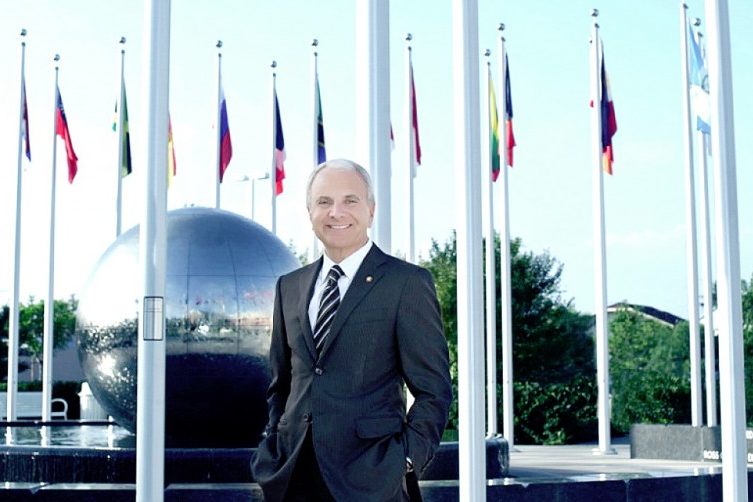Artistic director of the New Museum in New York since 2007 and of the Nicola Trussardi Foundation in Milan since 2003, among other professional experiences and projects, Massimiliano Gioni was the youngest curator ever of the 55th Venice Biennale in 2013. Living between the U.S. and Italy – where he was born in 1973 and graduated in Art History from the University of Bologna, after studying two years in Canada -, he shares his passion for contemporary art with his wife Cecilia Alemani, director of the New York’s High Line Art.
Massimiliano, how did you approach the world of contemporary art?
I was studying for my eight-grade exam and got my hands on Lucy Lippard’s book Pop Art. Those images struck a chord, probably even more because I was so young and receptive to nonverbal communication. This is art’s greatest power.
Do you believe that contemporary art is more difficult to understand and appreciate than, for example, Classicism?
Looking at a work of art that portrays something “real” or simply familiar, we feel more comfortable and capable of reading it. Most times, this is just an illusion. Contemporary art, on the contrary, put us up against our own ignorance in a very honest fashion, which is always a good exercise.
Is there a difference between the contemporary art’s audience in Italy and the U.S.?
The Americans are in many ways more curious and open-minded than the Europeans, and so less intimidated by new forms of art. As a matter of fact, Italy has recently experienced an exciting development of different types of public, who sometimes see contemporary art as a lifestyle or cultural trend. Yet all reasons are legitimate, as art historian Ernst Gombrich said “There are no wrong reasons for liking a piece of art, but only wrong reasons for not liking it.”
What are the experiences you’re most attached to?
Certainly curating big exhibitions like the Biennale has made an impact on my career. But perhaps what I enjoy the most is still the personal encounter with a work of art or an artist, which ironically becomes less frequent and enjoyable as part of the job routine.
Are you working on any particular projects at present?
In late August, the exhibition “La Grande Madre” will open in Milan, linked to Expo 2015. Organized by Fondazione Trussardi, which is a sort of traveling museum, it will be hosted by the prestigious venue of Palazzo Reale and dedicated to the social and sexual transformation of the woman/mother since 1900 until today, through the works of about 130 international artists.
So your ties with Italy remain strong, despite having settled in NY.
Absolutely. With Fondazione Trussardi I usually create at least a couple of exhibits in Milan every year, but living and working in the U.S. has definitely benefited my career.
How do you like working with the New Museum and how do you select the artists to invite?
The New Museum is extremely innovative, not another institutional and formal museum that preserves artworks, rather an art center where new ideas are created. Its concept is to present young artists as well as established ones, who for some reason still haven’t had the opportunity to stand out with a solo exhibition. The city is a crucial variable when selecting the artists, as it is the historical and cultural juncture. In September, Los Angeles-based artist Jim Shaw will showcase his works, along with his collections of secondhand paintings and religious pedagogical materials, in a very interesting interpretation of American art tradition.
You and Cecilia have been defined “art world’s first couple.” Is it easy to be partners in both business and life?
It’s actually less glamorous than it seems! Of course there are many positive aspects, such as discussing ideas and exchanging opinions or some advice on each other’s work. At the same time, it can be hard to prevent our profession from constantly entering the private dimension. We’re lucky to love so much what we do!





























